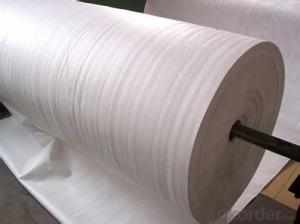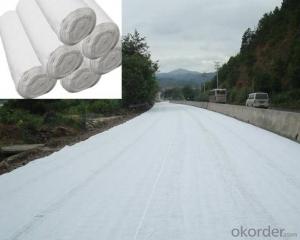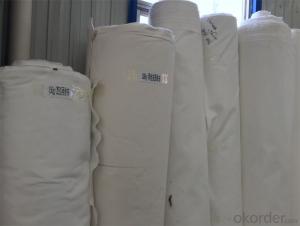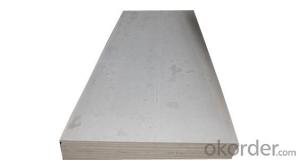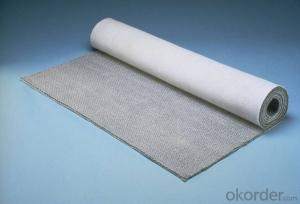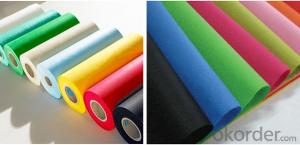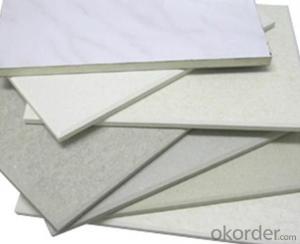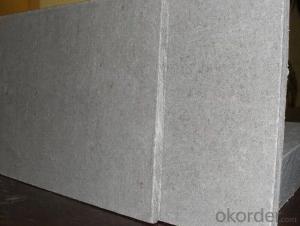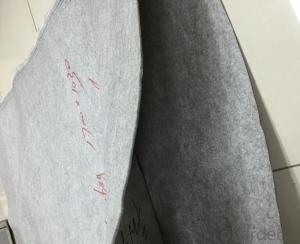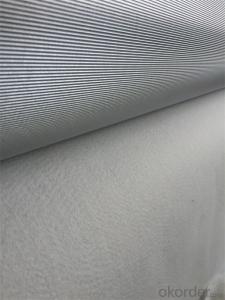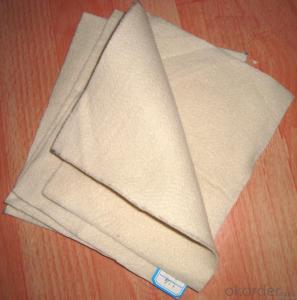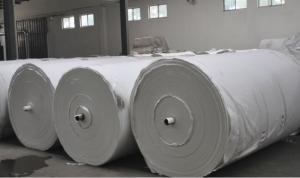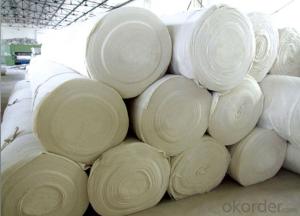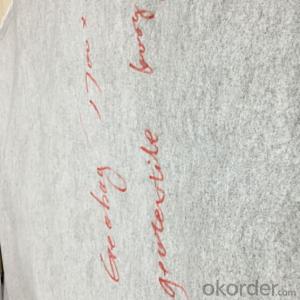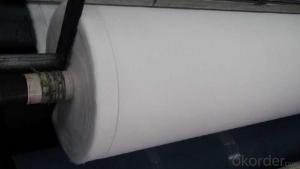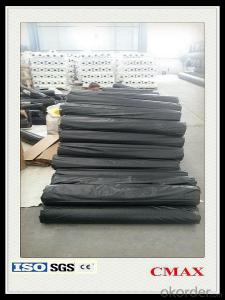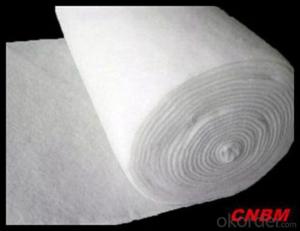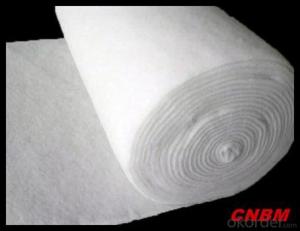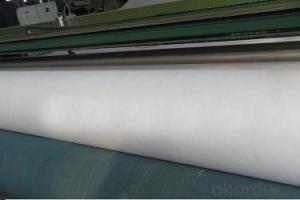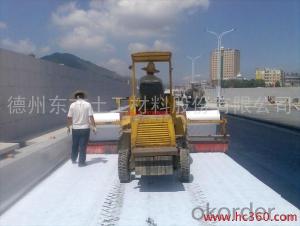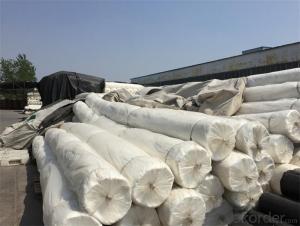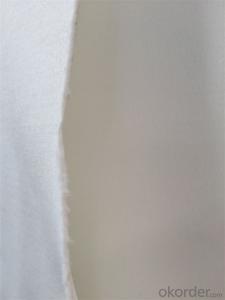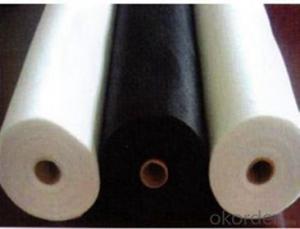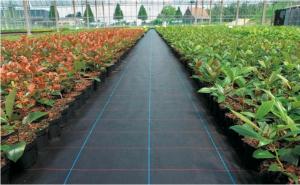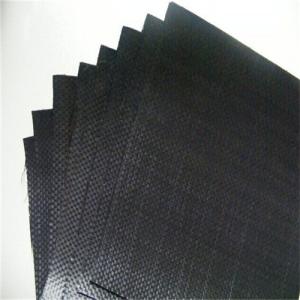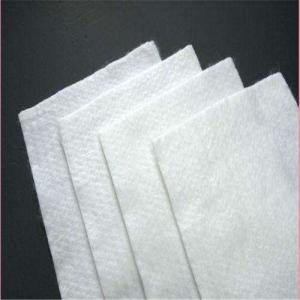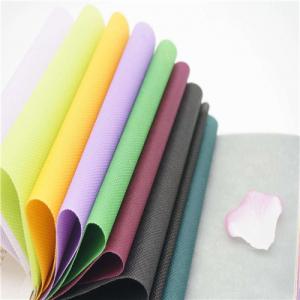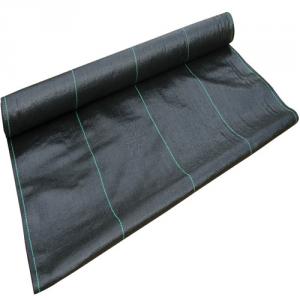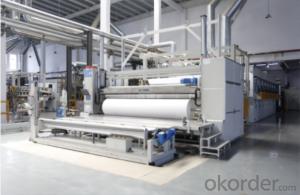Non Woven Needle Punched Geotextile
Non Woven Needle Punched Geotextile Related Searches
Geomembrane In Road Construction Geotextile Mesh Perri Construction Non Woven Needle Punched Geotextile Non Gas Powered Generator Terram Geotextile Membrane Jute Geotextile Terram GeotextileHot Searches
Bidim Geotextile Price Geotextile Membrane Suppliers Non Woven Geotextile Fabric CostNon Woven Needle Punched Geotextile Supplier & Manufacturer from China
Okorder.com is a professional Non Woven Needle Punched Geotextile supplier & manufacturer, offers integrated one-stop services including real-time quoting and online cargo tracking. We are funded by CNBM Group, a Fortune 500 enterprise and the largest Non Woven Needle Punched Geotextile firm in China.Hot Products
FAQ
- Some of the different geotextile installation techniques in filtration include direct placement, trench installation, and wrapping. Direct placement involves placing the geotextile directly on the soil surface, while trench installation involves burying the geotextile in a trench or cut. Wrapping technique involves wrapping the geotextile around a structure or pipe to provide filtration. These techniques are used to enhance filtration and prevent soil erosion in various construction and environmental projects.
- Geotextiles help with erosion control on coastal cliffs by acting as a barrier that stabilizes the soil and prevents it from eroding. These synthetic fabrics are designed to allow water to pass through while trapping soil particles, thereby reducing the impact of wave action and protecting the cliff face from erosion. Additionally, geotextiles promote the growth of vegetation by providing a stable environment for plants to take root and further reinforce the soil, enhancing erosion control efforts.
- Geotextiles contribute to the environmental sustainability of construction projects in various ways. Firstly, they help in soil stabilization by preventing erosion and promoting vegetation growth, thereby preserving the natural landscape and reducing the need for costly erosion control measures. Secondly, geotextiles can act as a filter, allowing water to pass through while trapping harmful pollutants, thus protecting surrounding water bodies from contamination. Additionally, they enhance the durability and lifespan of structures by providing reinforcement and reducing the need for excessive maintenance or repairs. Overall, geotextiles play a crucial role in minimizing the environmental impact of construction activities and promoting long-term sustainability.
- The key factors affecting the hydraulic conductivity of geotextiles include the size and shape of the geotextile fibers, the porosity of the material, the thickness of the geotextile, and the applied pressure or load. Other factors that can influence the hydraulic conductivity include the type of soil or aggregate being filtered, the presence of any clogging materials, and the overall condition and integrity of the geotextile.
- Geotextiles help in stabilizing slopes by acting as a barrier that prevents soil erosion, while still allowing water to drain through. They provide reinforcement to the soil, increasing its stability and reducing the chances of slope failure. Geotextiles also aid in vegetation growth on slopes, which further contributes to slope stability.
- Geotextiles are commonly used in civil engineering projects for various purposes such as soil stabilization, erosion control, drainage management, and filtration. These synthetic fabrics are placed in the soil to reinforce it, prevent erosion, filter water, separate different layers of soil, and improve the overall performance and longevity of the project. They are versatile, cost-effective, and environmentally friendly solutions that help enhance the stability and functionality of civil engineering structures like roads, embankments, retaining walls, and landfills.
- Why the durability of filament geotextile is relatively strong
- The reason for raw materials
- Geotextiles play a crucial role in the performance of geogrid-reinforced slopes by acting as a separation and filtration layer. They prevent the mixing of soil layers, allowing for effective load distribution and reducing the risk of soil erosion. Geotextiles also enhance the stability of the slope by providing additional tensile strength and promoting water drainage, thereby minimizing the potential for slope failure. Overall, geotextiles greatly contribute to the overall performance and longevity of geogrid-reinforced slopes.
